I call Charlotte Mason’s Philosophy and Method of Education, “The Gentle Art of Learning™”
Article by Karen Andreola
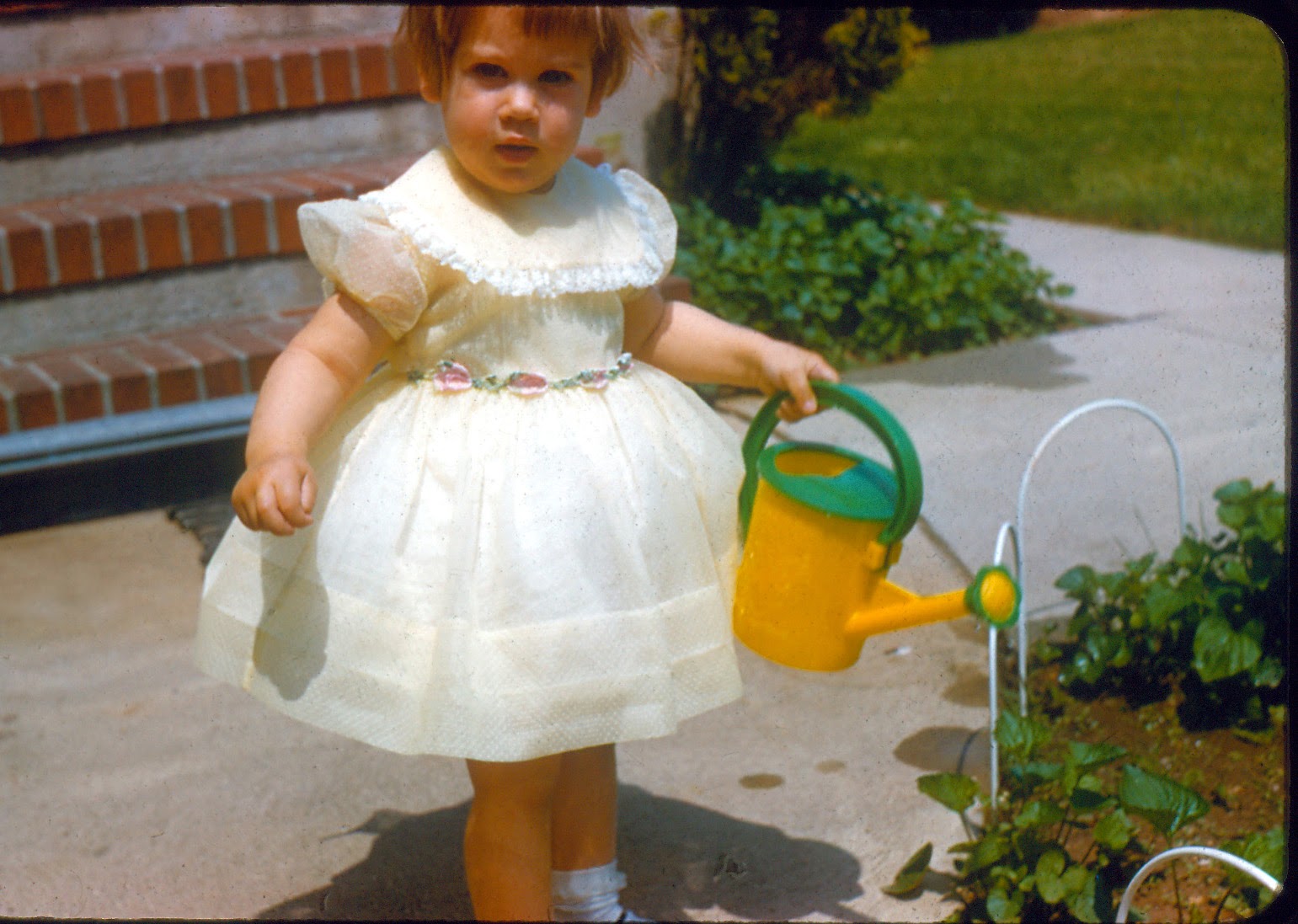
The Child is a Person
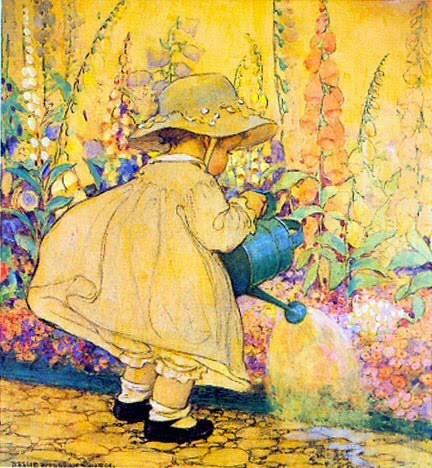
Being a Christian, Charlotte Mason had a high view of a person. What is a person? A person is human being created by the God of the Bible, created in His image. Children are persons in the womb. Their personality is sacred. It should not be encroached upon. But it should be brought up. Miss Mason liked what she referred to as the old Saxon phrase: “bringing up” where our nurturing has an aim. A child also is the offspring of Adam of the book of Genesis. Thus, he has inherited a sin-nature. He has tendencies and potential for good or bad attitudes and behavior.
The premise that the child is a person, affects our outlook. It is the basis of how we treat children and what we teach to them. In her earliest and joyous years of teaching Miss Mason said, “Truly parents are happy people – to have God’s children lent to them.”*1 Charlotte Mason, to me, chose to clothe herself in the qualities of Hannah of First Samuel, that of a humble, worshipful, grateful, and generous heart. (“If you give me a son I will give him back to you.” *2) She applied principles of education to the whole person, to “God’s children”, as they bear on bodily development, moral training, the intellectual life and the Christian religious life.*3
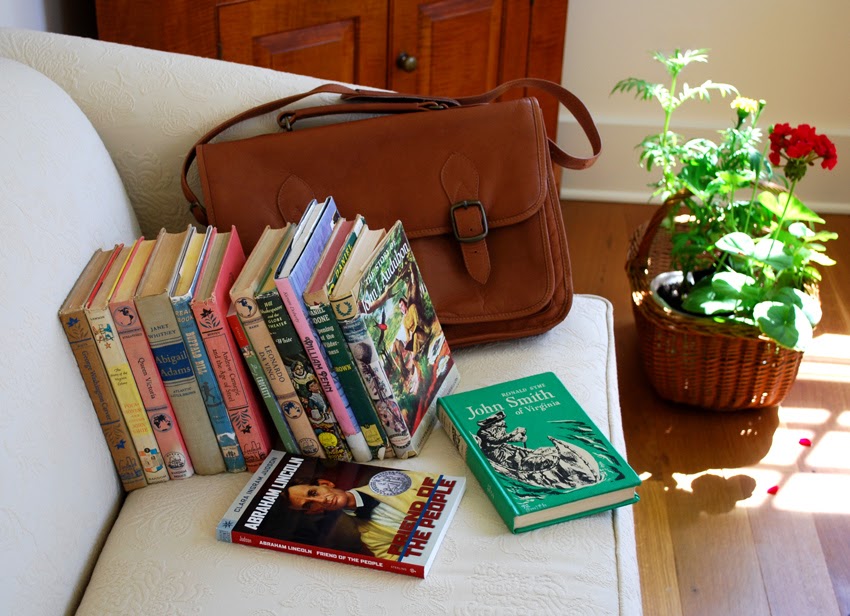
Literary Language – Living Books
One of the first things that impressed me about Charlotte Mason method of teaching was her insistence in using books of quality, all kinds of odd and interesting books, the best books, books different than the typical classroom textbook. Such books of literary quality are often written by one author who shares his favorite subject with us. They are alive with ideas. Miss Mason like to call them “living books”. Children should have an abundance of them.

The school year that I happened upon Miss Mason’s ideas for the first time, I lived on a busy road in Bromely, Kent, England in 1986-87. I was already in the habit of walking with my two little girls along the narrow sidewalk to a small branch library. It was a few blocks distance from our house. While we walked the cars whizzed by us. Sometimes we took a red double-decker bus to the main Bromely library with Dad. Along with illustrated story books, I also read aloud from nonfiction picture books. Therefore, it wasn’t difficult to carry this concept over into home teaching in the early elementary years – those years when books normally begin to disappear to make room for dry authoritative textbooks.
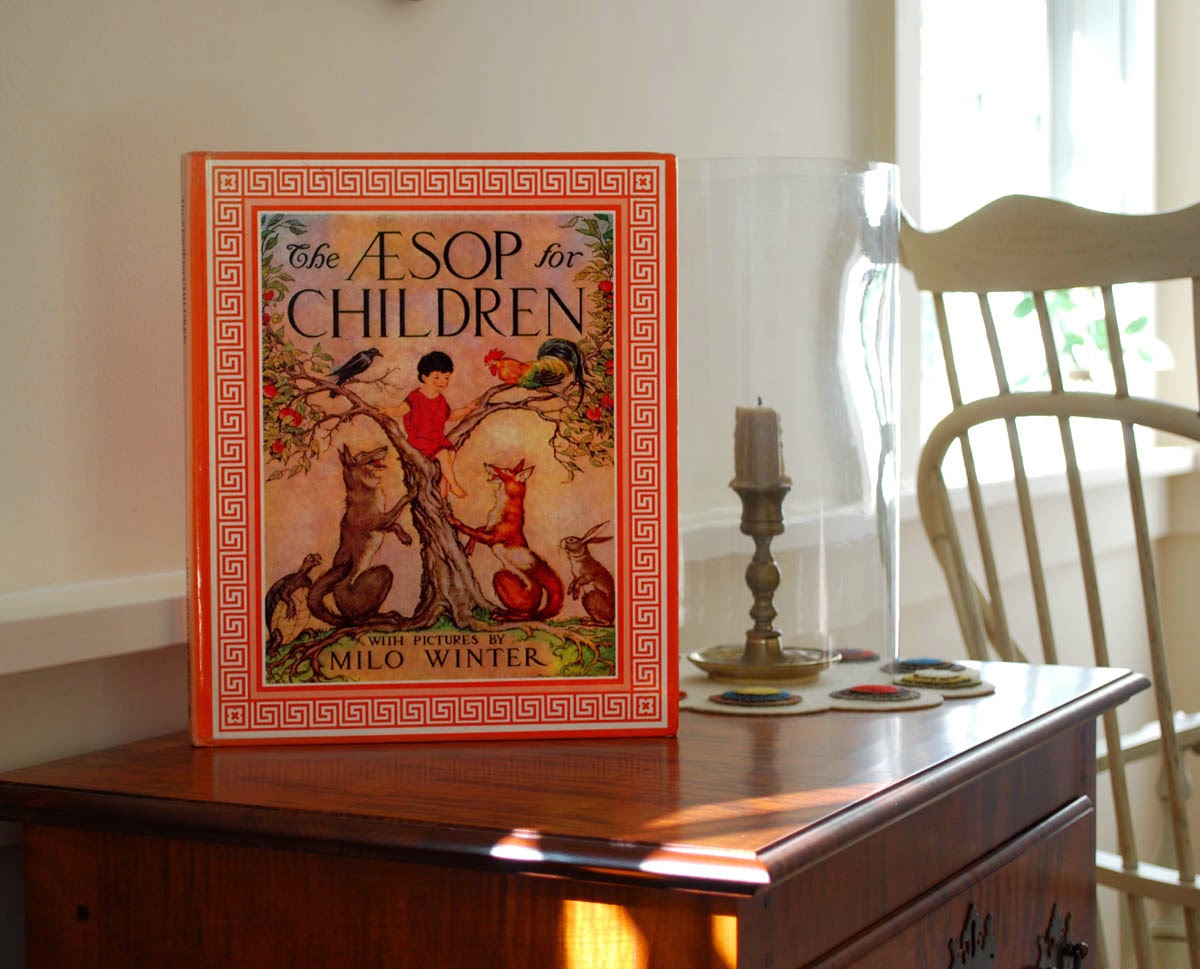
For the convenience of the large classroom, a textbook committee compiles and condenses the kind of information that can be found in lots of separate (more interesting) books. Yet, the child’s mind and all persons’ minds, have, “a natural preference for literary form: given a more or less literary presentation, the curiosity of the mind is enormous and embraces a vast variety of subjects.” says Miss Mason.*4
Narration
Living books (often there is a story-aspect to them) secure attention and hold interest. Miss Mason ruled out the typical teacher’s lecture and the typical textbook. Instead, passages of a large number of books on many subjects were set for reading in the morning hours. With living books a child gains knowledge through his own effort. He digs out facts and information, and he expresses what he has learned by telling a passage of reading back in his own words. The simplicity and thoroughness of this method of having a child narrate intrigued me. I became convinced that Miss Mason was correct in her claim that narration (oral or written) is the best way to acquire knowledge from books. Narration also provides opportunities for a child to form an opinion or make a judgment, no matter how crude.
Because narration takes the place of fill-in-the-blank and multiple-choice tests, it enables the child to bring all his mental faculties into play. The child learns to use literary language himself as he calls on the vocabulary and descriptive powers of good writers in “telling” his own version of the passage or chapter. My experience with using narration for teaching is shared in the chapters of my book, A Charlotte Mason Companion.
No Homework
Another attraction of Miss Mason’s philosophy is that her schools never gave homework to students under the age of thirteen. When a child follows her method, there is no need for homework in the elementary years, because a child immediately deals with literature at hand and proves his mastery by narrating at the time of the reading. Studies have proved homework to be less effective than this form of immediate reinforcement.
No Grades – Short Lessons
Miss Mason was an idealist who created an opportunity for putting her ideals into practice. She wanted children to be motivated by admiration, faith, and love, instead of artificial stimulants such as prizes (stickers, candy, or money), competition, and grades. This is one reason I nick-named Charlotte Mason’s method, “The Gentle Art of Learning.™”
As a result of her methods, her students retained their inborn curiosity and developed a love of knowledge that they maintained all through their lives. The children took examinations, narrating orally or on paper from “those lovely books” that they had read during the semester. Each child learned first to acquire the habit of attention by listening to and narrating short but meaningful stories (Aesop Fables, for example) and by completing short lessons in the drills and skills. Short lessons discouraged dawdling. They encouraged the child to concentrate and make his best effort. Because “The Gentle Art of Learning™” employs well-written books, narration, and short lessons, a child taught this way will try his best even though he will not be graded. The reward is the knowledge itself.
My own children loved reading. “Ma, guess what?” was heard in our house when one of the children entered the room to tell me about something new she read silently on her own. Years after we began this method my older children were disciplined enough to do much longer lessons in subjects that they did not “take to” naturally, such as mathematics and grammar. I owe this success to Charlotte Mason, who taught me the gentle art of teaching.
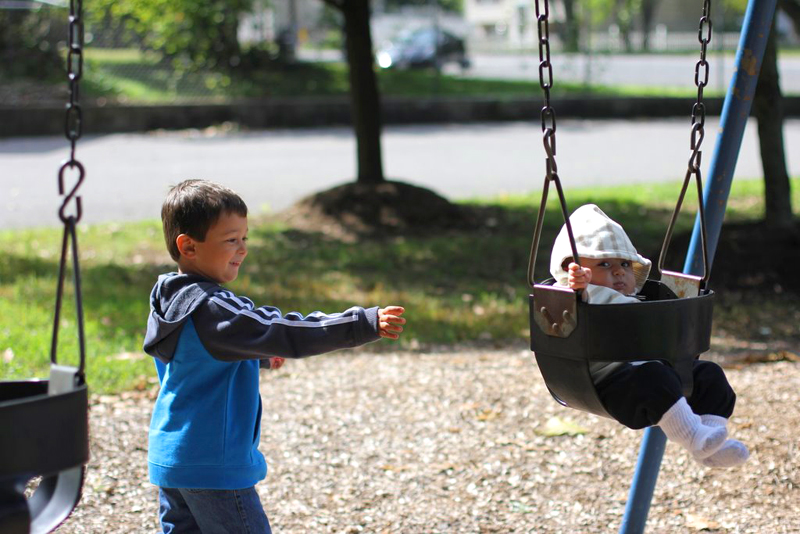
Free Afternoons
Formal lessons in the Charlotte Mason scheme of things end at one P.M. or earlier, if the children are quite young. High school students will probably need some afternoon study time, but overall the afternoon is free for leisure. This is another aspect of the “Gentle Art of Learning” that so easily finds its way into the modern homeschool. Moving promptly along a string of lessons is a far more efficient use of time than in government schools. Three lessons (or more) can be accomplished in home learning during the span of one classroom period of a large school.
Leisure for children usually means running, climbing, yelling, etc. – all out of doors. It has been observed that boys particularly cannot flourish without this opportunity for physical activity. Handicrafts, practicing an instrument, chores, cooking, gardening, visiting lonely neighbors, observing and recording the wonders of nature may also be enjoyed during this time.
Sadly, government school children must endure such long lessons and long hours that they are frequently tranquilized with drugs in order to be attentive and pass through the system. They ride the bus home just in time to see the sun set and do homework.
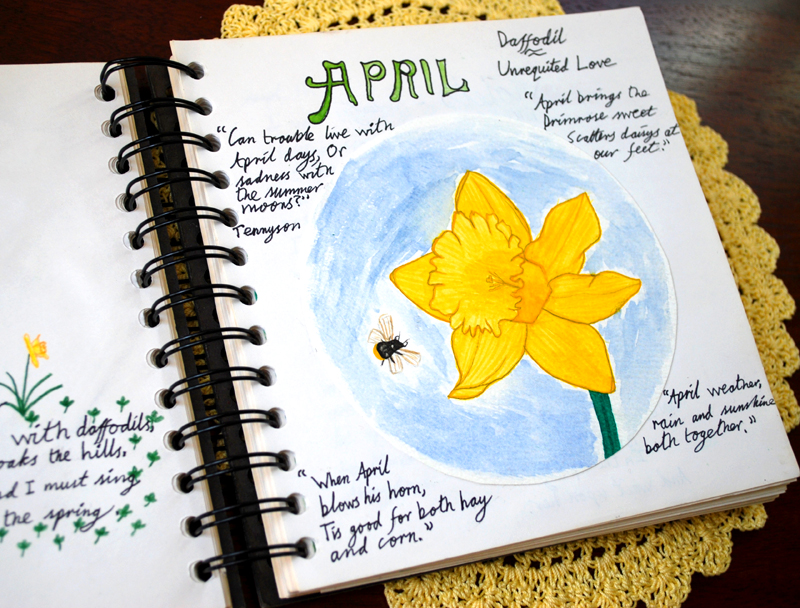
Nature Study
Charlotte Mason placed an emphasis on being outdoor to observe nature. Her students kept a Nature Notebook of drawings and descriptions of their many “finds.” Noble thought and expressions of appreciation for God’s creation found in poetry, hymns, and mottoes also decorated these notebooks. I include chapters on natures study in my book, A Charlotte Mason Companion because nature study is considered to be the foundation of all the sciences. Because as a child I spent most of my summers outdoors in field and wood, I wanted to give my children the opportunity to enjoy and learn about the wonders of nature, too. I share, in my book, Miss Mason’s concern for learning in the fresh air and hope to provide some ideas that will strengthen limb, lung, and intellect.
Few Lectures
I was also drawn to Charlotte Mason’s philosophy because it doesn’t require me to give lectures. Miss Mason pointed out that I need not be a certified teacher trained in the skill of giving lectures in order for my children to learn. This was a relief to me. With the “Gentle Art of Learning™” we need not do very much teaching. Children gain the ability to educate themselves. They do not depend upon notes they have taken from a teacher’s lecture – where most of the information has been pre-digested by the teacher. With Miss Mason’s superior method of narration from books, the child – with self-effort – comments on the carefully chosen words of the author in essay form, either oral or written. Too much explaining by the teacher can be a detriment to self-education, a concept that is addressed in a chapter of A Charlotte Mason Companion.
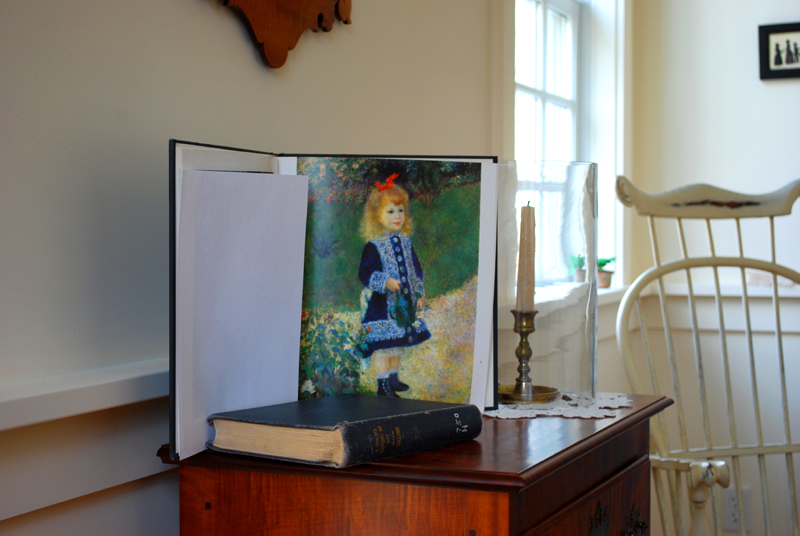
Ideas – Culture
A child’s love of knowledge is dependent upon how clearly ideas are presented to him. The mind feeds upon ideas. To quote Miss Mason, “Ideas must reach us directly from the mind of the thinker, and it is chiefly by the means of the books they have written that we get in touch with the best minds.” This includes all forms of human expression, including paintings, poetry, music, dance, etc. This is why Miss Mason said that the Bible and “varied humane reading” as well as human thought expressed in the form of art, is, not a luxury, a tidbit, to be given to children now and then, but their very bread of life.” *5
Today, with the picture-study kits, art print books, and museum websites available (use discretion), children can observe museum pieces and learn to recognize the works of dozens of artists over time just by changing what goes under the thumb tack once every two weeks or so. Our children can easily become familiar with the music of great composers by listening to CDs, when years ago it would have been necessary for them to visit a concert hall. The chapters, in my book, offer ideas on how to introduce art and music into the homeschool.

Keep Growing
Miss Mason wished to prevent dryness in her teachers. And burn-out. She reminded teachers never to be without a good book at hand. She understood the necessity to keep reading, to keep growing in the spiritual and intellectual life. She wanted teachers to pursue cultural activities, too. I bid you do the same – to take part in Mother Culture®. A message meant to be a “restorative” to the busy home teacher – one I gave to an audience in 2004 – is recorded on CD archive and available for $5.00 postage paid.
End Notes
*1 Essex Cholmondeley, The Story of Charlotte Mason pg 7
*2 First Samuel, 1:11 (check)
*3 Essex Cholmondeley, The Story of Charlotte Mason, pg 17
*4 Charlotte Mason, A Philosophy of Education, pg 15
*5 Ibid, pg 111
